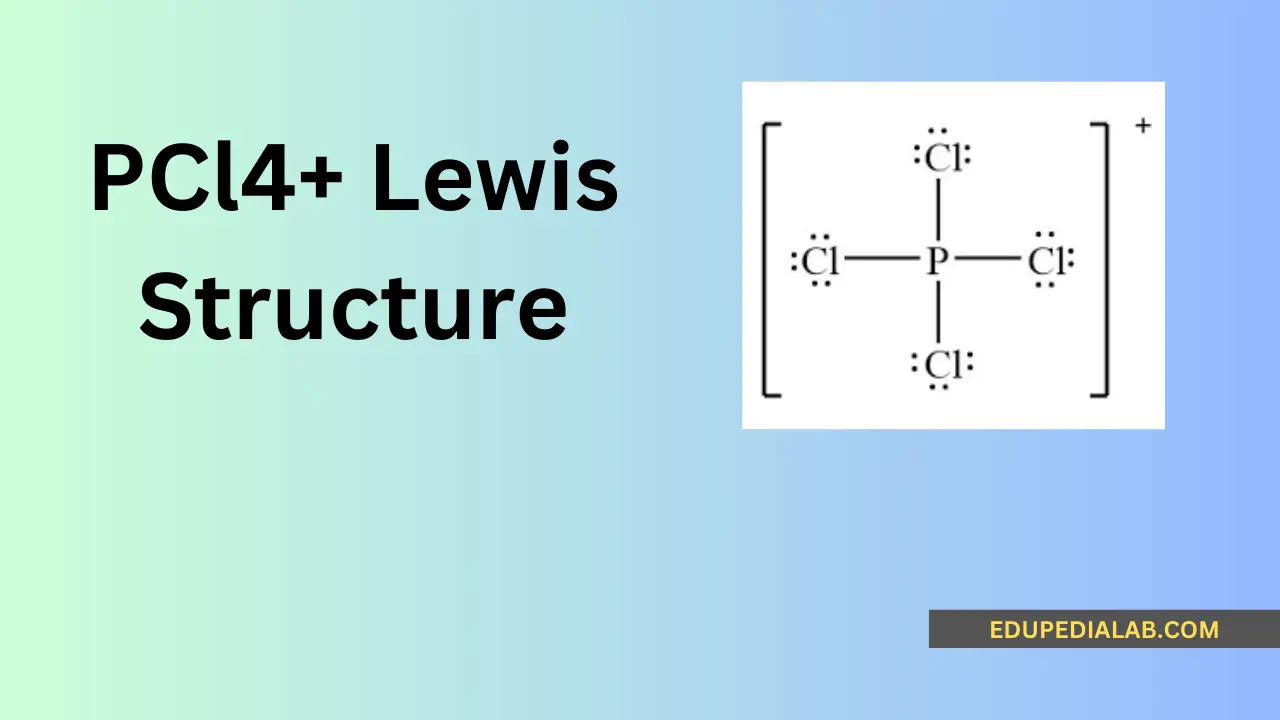How To Calculate Oxidation State In Easy Steps?
Calculating oxidation states (also called oxidation numbers) can be straightforward when you follow a few simple rules. Oxidation states help chemists understand electron transfer in reactions, and they’re essential for balancing redox reactions. Here’s a step-by-step guide to calculating oxidation states easily. You can check Br Lewis Structure for more understanding Step 1: Understand the … Read more
